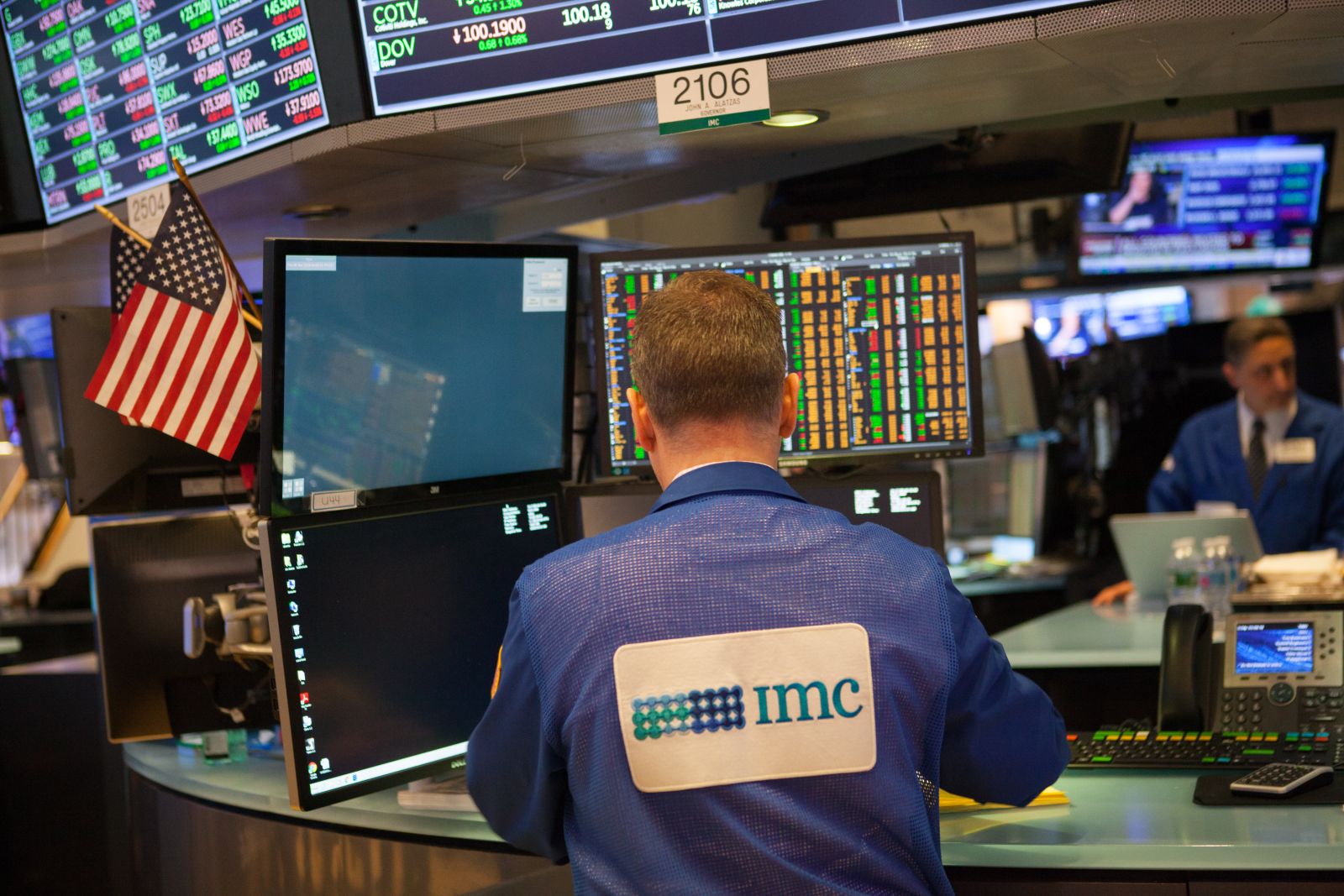
While 2022 was a rough year for stocks, bonds, real estate, cryptocurrencies, and most asset classes, gold hardly moved on a year-on-year basis. The nearby COMEX gold futures contract closed at $1,826.20 on December 30, 2022, down only 0.13% for the year. Meanwhile, the S&P 500, the most diversified U.S. stock market index, was down 19.44%. The 30-Year U.S. Treasury Bond futures fell 21.66%, and Bitcoin, the top crypto, plunged 64.02% in 2022. The dollar index rose 8.03%. Rising interest rates and a strong U.S. dollar tend to weigh on gold, but 2022 was anything but an ordinary year.
Gold was a store of value in the year that ended on December 30, 2022, with only a 0.13% decline.
Gold’s impressive performance was nothing new, as the bull market in the precious metal began in 1999.
Gold has been making higher lows and higher highs for over two decades
Gold’s slight gain and price action in 2022 did not change the precious metal’s long-term bullish path.

The chart highlights gold’s ascent and pattern of higher lows and higher highs since finding a bottom at $252.50 per ounce in 1999. Gold fell to the 1999 low as the Bank of England auctioned off one-half of the U.K.’s reserves. While London is the international hub of gold trading and the Bank of England is the leading regulator of the over-the-counter bullion market, no central banks followed the U.K.’s lead. Gold broke above the 1980 $875 record peak in 2008, embarking on a multi-year rally that took the precious metal to a series of new nominal all-time highs.
Gold reached a new record high in 2022 before correcting
The latest peak came in March 2022 when gold reached over $2,070 per ounce before correcting.

The shorter-term chart shows that nearby gold futures ran out of upside steam at the $2,072 level in March and made lower highs and lower lows until late September 2022, when the price reached $1,613 per ounce. Since then, gold has increased, breaking its first short-term technical resistance level at $1,804.90 in early December. The next resistance level stood at $1,875.60, the June 6, 2022, peak. Gold broke above that level on January 9. Above the two resistance levels, $1,997.10 is the target, a gateway to the March 2022 record high.
Central banks aggressively purchased gold in 2022
The World Gold Council reported governments purchased the most gold in fifty-five years in 2022. Russia and China were aggressive buyers, with other smaller countries increasing their holdings.
After record central bank demand of 400 metric tons in Q3, the WGC estimates they bought 673 tons in the year that ended on December 30. The People’s Bank of China reported buying 32 tons in November, its first increase in holdings since 2019. Turkey, Uzbekistan, and Qatar were also noted buyers in Q3.
Gold holdings are secretive in China and Russia, and the two significant gold-producing countries likely absorbed domestic production, leading to even higher purchase levels.
Central banks classify gold holdings as foreign currency reserves and increasing gold demand could threaten the U.S. dollar’s role as the world’s reserve currency. Moreover, it is a commentary on all fiat currencies declining faith and credit. The official sector purchases continue to validate and bolster gold’s role as the ultimate currency and hard money.
A rally in early 2023- Gold miners have outperformed the metal- A positive sign
The nearby COMEX gold futures contract closed at $1,826.20 on December 30, 2022. On Tuesday, January 10, February gold futures were already over 2.9% higher in 2023 at above $1,880 per ounce.
Gold mining stocks tend to outperform gold on the upside and underperform when the prices decline. The out or underperformance tends to be signs of strength or weakness for the gold market as it serves as an investment demand barometer. The GDX and GDXJ are diversified ETF products that hold portfolios of senior and junior gold mining companies. The ETFs mitigate the idiosyncratic risks of owning individual mining stocks with individual management, property, geographical, and political risks.

The chart shows the move in GDX from $28.66 on December 30 to $31.97 per share on January 9, an 11.5% rise.

GDXJ, the junior mining ETF, rallied from $35.65 on December 30, 2022, to $39.90 per share on January 9, or 11.9%. The price action in the gold mining shares validates gold’s current bullish trend.
The reasons why every dip in gold continues to be a buying opportunity
Gold has been a compelling investment for over two decades, and that trend will likely continue in 2023. We could see the metal rise to new record highs, and while it is impossible to pick tops or bottoms in any market, some analysts expect gold to move above $3,000, with others projecting prices as high as $4,000 per ounce.
Bull markets rarely move in straight lines, and selloffs can be significant. In 2022, gold moved from $2,072 to $1,613 per ounce, a 22.3% correction. A scale-down buying approach in gold has been optimal since the 1999 lows, and I expect that to continue. Therefore, buying on weakness instead of strength tends to yield the best results. The following factors favor gold in 2023:
- It is difficult to understate the significance of the 2022 central bank gold purchases.
- Interest rate hikes may continue, but not on the same trajectory as in 2022.
- The dollar may have rallied against other world currencies in 2022, but the higher value could be a mirage as all fiat currencies, including the U.S. foreign exchange instrument, have lost purchasing power along with the decline in the faith and credit of the governments that issue the worldwide legal tenders.
- Since the 1999 $252.50 per ounce bottom, every correction in gold has led to a higher high.
- Gold mining stocks have outperformed the metal in early 2023, a historically bullish sign for gold.
- The silver-gold ratio has been trending lower since early September 2022, a traditionally bullish sign for gold and silver prices.
Gold may have suffered a slight decline in 2022, but the 0.13% loss for the year proved the metal remained a store of value and wealth protector when stocks, bonds, real estate, cryptos, and most other asset classes experienced significant declines. Gold’s strength in 2022 could lead to a substantial rally in 2023 as the bull market remains firmly intact.
More Metals News from Barchart
- Dollar Drops on Expectations for a Less-Aggressive Fed
- Global Stocks Rally on China Optimism and Hopes for Less-Aggressive Fed
- Dollar Falls Along With Bond Yields
- Stocks Rally as Bond Yields Plunge on U.S. Reports
On the date of publication, Andrew Hecht did not have (either directly or indirectly) positions in any of the securities mentioned in this article. All information and data in this article is solely for informational purposes.





/NVIDIA%20Corp%20logo%20on%20phone%20and%20AI%20chip-by%20Below%20the%20Sky%20via%20Shutterstock.jpg)

/Oracle%20Corp_%20logo%20on%20phone%20and%20stock%20data-by%20Rokas%20Tenys%20via%20Shutterstock.jpg)
/Green%20hydrogen%20by%20Scharfsinn%20via%20Shutterstock.jpg)